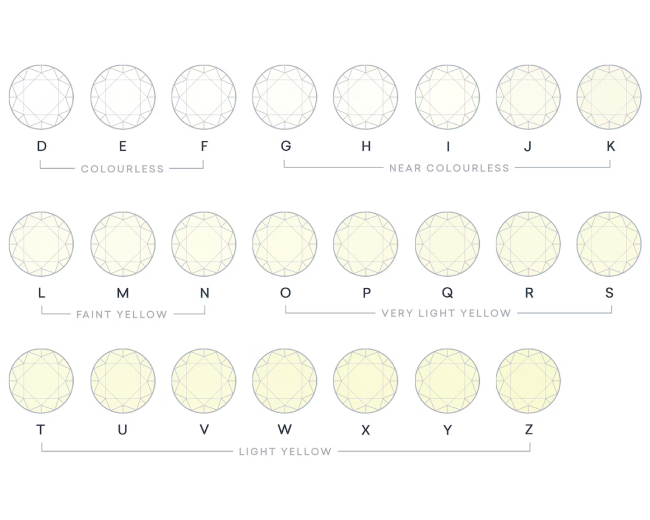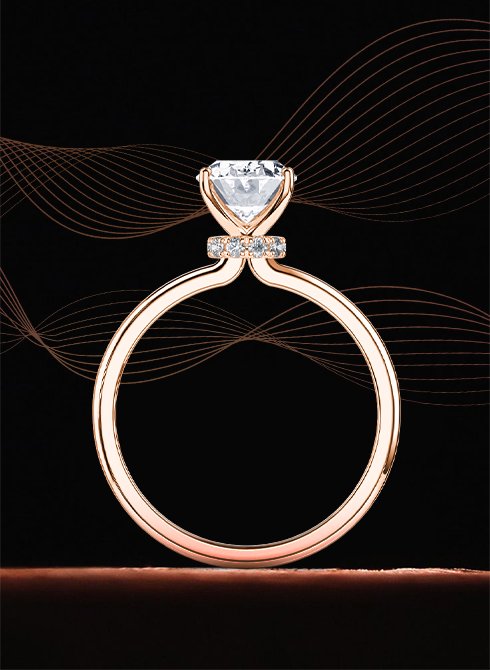Diamond Buying Guide
How To Choose A Perfect Diamond ?
“Colour, Clarity, Carat and Cut are vital when determining the quality of a diamond. These quality categories contain information such as inclusions, weight, shape and cloudiness. All of these factors affect the stone’s visual appearance and price.”
Book An Appointment>
Choosing Your Diamond Online ?
Whether you're browsing in-store or exploring online, Elementé is committed to guiding you through every step of the diamond selection process. We understand that in-store appointments may not always be convenient, so we've crafted a user-friendly guide to help you choose your perfect diamond effortlessly on our website.
How To Find Your Diamond ?
Clarity comprises the stone’s imperfections, also known as inclusions. The less imperfections a diamond has, the higher the clarity grade. It is extremely unlikely for a diamond to be entirely flawless, as almost all include trace minerals or other internal features affecting their clarity rating. In fact, flawless diamonds are so extraordinary, many jewellers have never even seen one.
Browse Diamonds >
The 4C’s Of Diamonds
1. Diamond Carat Weight
Uncover the weight and size of diamonds. Discover how carat weight influences the appearance and value of a diamond, and find the perfect balance between size and quality.
2. Diamond Color
Delve into the mesmerizing world of diamond colors. Explore the spectrum from colorless to fancy colors, understanding how subtle variations can impact a diamond's beauty and value.
3. Diamond Clarity
Discover the flawless transparency and brilliance of diamonds. Explore the internal characteristics that define a diamond's clarity grade, from flawless to included.
4. Diamond Cut
Experience the captivating sparkle and fire of diamonds. Learn about the intricate art of diamond cutting, from the precision of facets to the proportions that unleash their brilliance.
Diamond Certification
Diamond certification is a crucial step in the diamond buying process. These independent evaluations, conducted by reputable gemological laboratories, provide an unbiased assessment of a diamond's quality, including its 4C's (clarity, cut, color, and carat weight). By obtaining a certified diamond, you gain assurance of its authenticity, value, and the confidence that you're making an informed investment in a truly remarkable gem.











